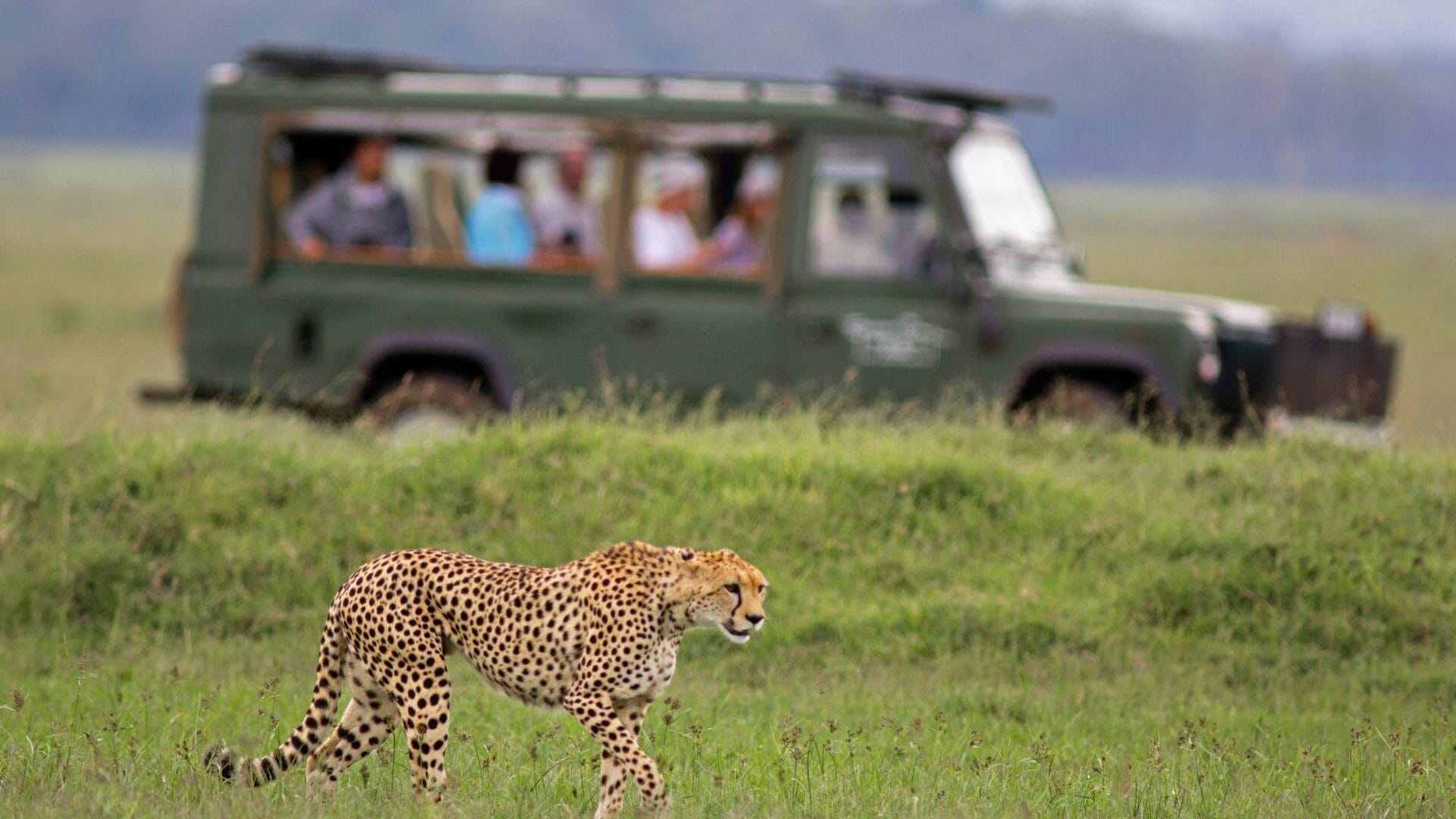Visiting Kenya in January means clear skies, hot days, and warm nights. This weather generally makes visiting the country and its national parks and reserves popular. Kenya is home to various wildlife and bird species, making it a prime destination for an unforgettable safari.
Although wildlife viewing can be good all year round, January is a month in which big game life can be easily seen, as well as other notable smaller wildlife. One park that’s best visited at this time of year is Chyulu Hills National Park. This park is known for its wildlife, which includes giraffes, zebras, baboons, and the Sykes’ monkey.
Weather in January
January is the driest month of the year, and a Kenya safari can be eventful, as wildebeest and antelope begin their calving season in February. Seeing wildlife with their newborns is a sight to behold, as it gives you a completely different experience on game drives.
Average Weather in January
| Temperature | Celsius | Fahrenheit | Rainfall |
| Min | 9℃ | 48℉ | 2.5 mm |
| Max | 27℃ | 81℉ | 142 mm |
National Parks to Visit in Kenya and Why
Chyulu Hills National Park
While this isn’t a Big Five destination, game drives in Chyulu Hills National Park offer sightings of klipspringers, giraffes, zebras, baboons, Sykes’ monkeys, and many bird species. A Kenya safari at this park is generally productive in January because all these animals are visible.
Samburu National Reserve
January is the best time to view wildlife as it navigates available waterholes. Samburu experiences the dry season in January, and during this period, four of the Big Five can be seen, with only rhinos absent. Other animals seen at the park include elephants, buffaloes, lions, and leopards.
Lake Nakuru National Park
Lake Nakuru is home to four of the Big Five in the park. While elephants aren’t found here, it’s abundant in rhinos and buffaloes. Other animals you see while on a game drive include giraffes, hippos, and zebras. Leopards also occur in the park, but they are much more rare.
Activities to do in January:
- Walking safaris
- Cultural experiences with local tribes
- Hot air ballooning
- Horse riding





















